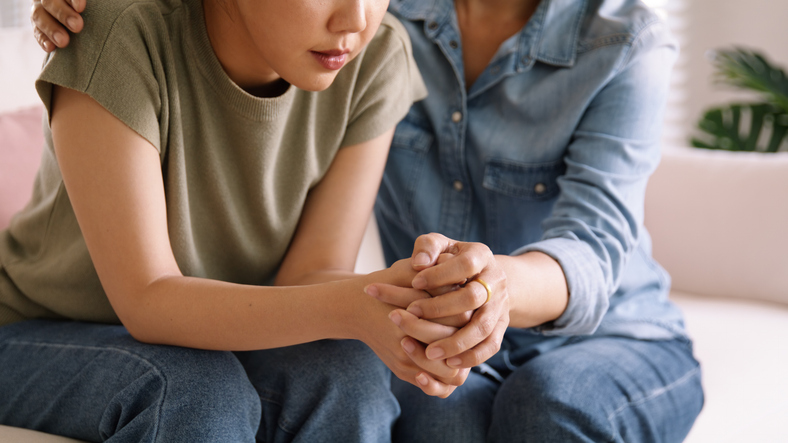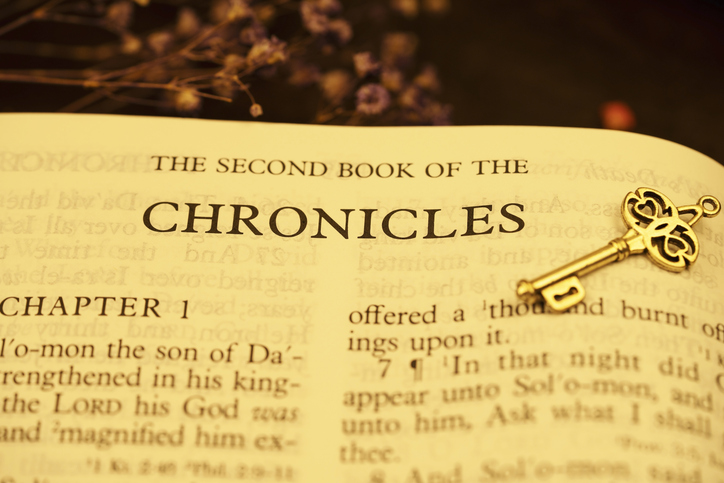Our Bodies Tell God’s Story
To speak on the topic of the body is to wade into the tension of our cultural moment. It’s to walk into the open wound of what many people feel. For some, it’s the primary aim of their life, or maybe it’s the objection for following Jesus.
Since 2015, I have observed LGBTQIA+ sexuality move from “this is who I am attracted to” to “this is who I am.” This turns desire into personhood and experience into ontology. “This is what I am experiencing,” has become “this is who I am at my essence.”
From Plato & Aristotle to modern day Louis Perry, we’ve never had a society (like ours) that has prioritized subjective feelings above all other understandings of reality. Simply put, “I am who I feel I am.”
Some of the narrative tensions at play in our culture, lie between what is true and what type of person that story leads me to become. Some of those narrative tensions about the body and sexuality are: sociology (oppression and oppressor), secular (pleasure and consent), shame (moralism and hypocrisy), and Scripture (signpost and gift, while be it beautiful & bent). If we’re not careful, we can be unaware of our own syncretism — being informed by or taking on characteristics of all them [above]. I.e., power, fulfillment, shame, theology, fear.
Christopher West, who’s been translating Pope John Paul II’s Theology the Body for decades, said it rightly: “the battle of our soul is over the truth of our bodies.”
If you wondered why or how a blog post could be entitled this, Pope John Paul II says it this way:
“The body, in fact, and only the body is capable of making visible what is invisible: the spiritual and the divine. It has been created to transfer into the visible reality of the world, the mystery hidden from eternity in God, and thus be a sign of it.”[1]
In contrast to this, philosophers (like Foucault) or queer theorists (ex: Judith Butler) construe gender categories as mere social constructions, cultural inventions to perpetuate the power plays of the religious or cultural elites. Basically, all these are outer layers that must be cast off in search of authenticity. There’s a lot of deconstruction. What about the reconstruction? If there is any, it’s expressive individualism. This authorizing of inward feelings over physical reality leads to disintegration, becoming intellectually inconsistent, and recreating gender/ethics in your own image.
What if, instead, God depicted the existence of man and woman as essential to His creational plan? What if this is a life-giving alternative that flies in the face of a culture hooked to one part of our personhood (gender identity)? Or an alternative to the marriage-obsessed church culture in another way? In that (affirmed by the New Testament) singleness or marriage are enriching pursuits that are equally valuable and mutually edifying for those who steward their bodies. No matter our proclivities, some stronger than others, God has created the human body to function in a way compatible with its design.
So, why does God care?
He created our body for Him and for human flourishing. Every time we deviate from that original intention, we languish and feel lost. We thrive to the degree that we surrender and steward all of our proclivities. His longing is to guide you in the fullness of life.
Behind the different viewpoints are not only different worldviews, but different gospels. In Matthew 19, Jesus doesn’t say, “Because there are intersex, gender minorities, aberrant experiences… the binary doesn’t exist.” Jesus also doesn’t say, “Because God made them male and female, there is no such thing as people who struggle or who do not feel at home in their own bodies.” He breaks down stereotypes, not biblical boundaries. Jesus acknowledges creational intent. And that there will be variations in that intent because of fallenness. He challenges both.
The Gospel
The gospel can uniquely account for someone who doesn’t have a wonderful relationship to their body. We’ve learned from the creation, fall, and redemption that we have a distinct hope that doesn’t lie within our bodies themselves. Our hope is in the crushed/resurrected body of Jesus. Christ experienced the greatest dysphoria by “He who knew no sin, became sin for us”[2]. He is the apex of being in the wrong flesh, and in Him, we have an indelible hope. As we bring Him ourselves, He will — piece by piece, feeling after feeling, discomfort after discomfort… mend and make us new. In patience, in grace and truth, and in community. Like the one we’re building at WGA. Join us?
[1] Pope John Paul II, Theology of the Body.
[2] 2 Corinthians 5:21
[3] Christopher West, Our Bodies Tell God’s Story.
[4] Sam Allberry, What God Has to Say about Our Bodies.
[5] Andrew T. Walker, God and the Transgender Debate.
[6] Austen Hartke, transforming.
Related Insights
Each group meets specific needs and provide the tools, support, and accountability necessary for lasting change. If you’re ready to take the next step, we’d love to help you find the right Focus Group for your journey.




